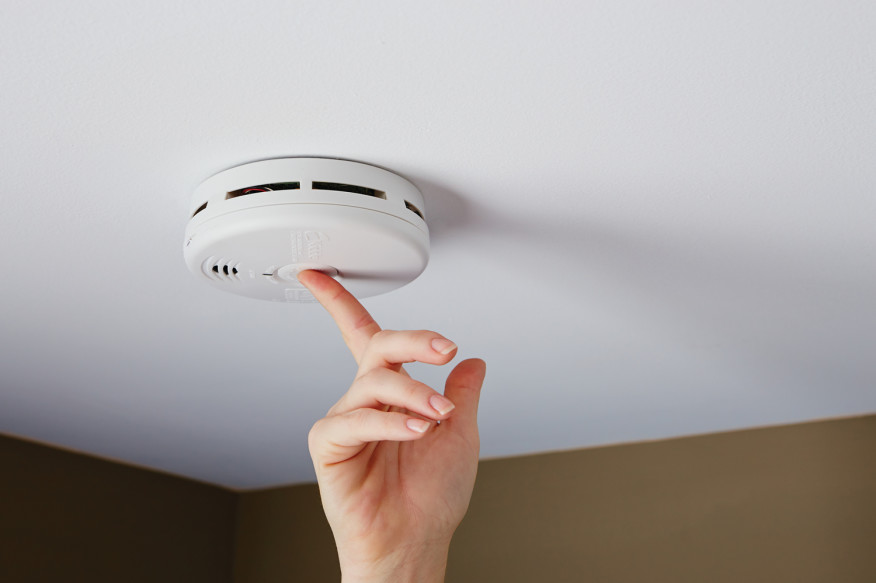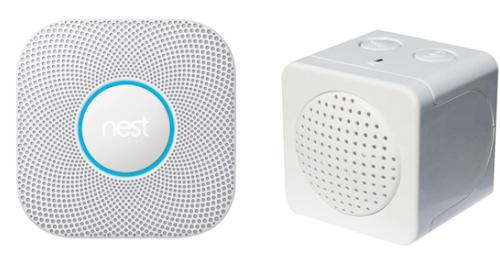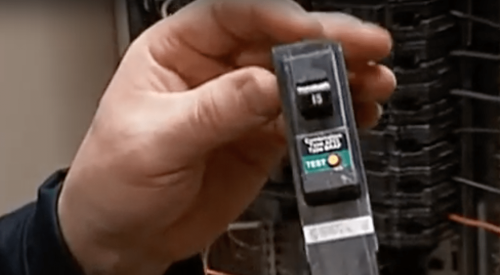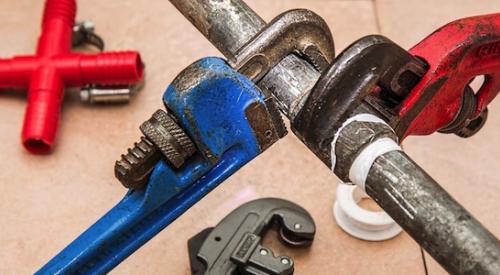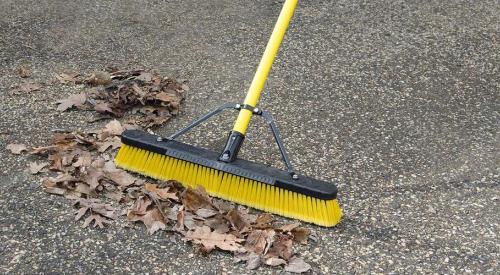A fire ranks among a homeowner’s worst fears. The average home fire is responsible for nearly $4,000 in cleanup to remove water and soot and replace damaged infrastructure. Presenting protective measures at the start of remodeling planning can build confidence with customers and demonstrate your interest in their needs and safety. October is Fire Prevention Month, so there is no better time to catch up on the latest fire-related home innovations and safety best practices.
Toss at 10 and Start Again
Three out of five residential fire deaths occur in homes where alarms are either not installed properly or don’t work, according to the National Fire Protection Association (NFPA). However, according to research from our consumer insights team shows, only 25 percent of consumers are aware of the recommendation to replace smoke alarms every ten years. After 10 years the sensors inside the alarms wear down, and even if the alarm still chirps when you test it or replace the battery, the sensors may be compromised.
Check all fire alarms at the customer’s home to see if they need to be replaced. If they do, choose a multipurpose alarm that will serve them well for a decade. The new Kidde Intelligent Wireless Combination Alarm is a smoke and carbon monoxide alarm that connects wirelessly to other intelligent alarms. This gives each house maximum safety without the need for an expensive rewire. We worked directly with Kidde to make sure this alarm includes everything residents need – it detects both smoke and carbon monoxide, uses a sealed lithium-ion battery that last 10 years and features a Smart Hush button that temporarily silences nuisance alarms. It can even be connected to smart phones so residents can receive alerts while away. This combination alarm is only available at The Home Depot.
If alarms aren’t due for an upgrade, check to see if the batteries need to be replaced. Not all batteries are the same, so invest a little more upfront for a product that will last longer and help protect against preventable disasters. For example, Duracell’s Quantum technology is extremely long lasting and has a feature that guarantees batteries for 10 years in storage.
Behind The Wall
Fire threats are just as likely in hidden interior areas as they are in obvious spaces like the kitchen. Electrical outlets, insulation and drywall are examples of behind-the-wall home components that can spark fires. If you are just starting the building process or are remodeling parts of the home in the attic or behind the drywall, it’s the perfect time to recommend these upgrades.
Electrical outlets are a major factor in starting for home fires. A recent study found that electrical receptacles are the cause of 5,300 fires each year, resulting in 40 deaths and more than 100 consumer injuries annually. To offset these risks, pros should consider installing receptacles that offer additional electrical protection. AFCI-ready properties in particular stand to benefit from dual-function AFCI/GFCI alternatives which identify and prevent common electrical risks more capably than most standard breakers.

There are also several behind-the-wall preparations that can contain the damage and preserve key structural elements in the event of a fire. When installing pipes, cables and duct penetrations, a fire-blocking insulating foam sealant can close gaps and prevent the spread of harmful gasses and toxic smoke. Also, in fire-prone areas, such as attics and kitchens, it’s best to apply heavy-duty insulation capable of withstanding high-intensity temperatures.
Check Extinguishers
Portable fire extinguishers put out a fire 94 percent of the time they are used, according to the Fire Equipment Manufacturer’s Association. This typically takes place within the first two minutes of the fire, so it’s important to have at least one fire extinguisher handy on every level of the home.
Along with alarms, take a moment to check through the customer’s home to make sure all their fire extinguishers are in good shape. According to the U.S. Fire Administration, all extinguishers should be easy to access, at the recommended pressure level, clean and in good working order. If they need to be replaced, choose a multipurpose option like an ABC-rated fire extinguisher, which can handle a variety of fires, including fabrics, plastics, wood, paper, flammable liquids and electrical equipment fires.
Taking these steps will help decrease risk, increase safety and extinguish concerns for customers.
